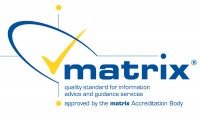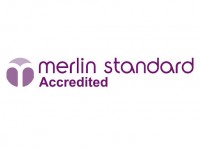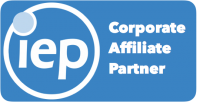The Prevention Premium: Why Measuring Social Value Needs a Rethink

Early support works, but are we measuring it properly?
There’s strong evidence that acting early helps people avoid serious challenges later on. Whether it’s education, justice, or employment, early support can reduce long-term risks and improve wellbeing.
And yet, many of our current funding and measurement systems still place greater weight on what happens after a crisis.
That’s beginning to change.
With recent shifts in procurement policy, such as the Procurement Act, which allocates 10% of a bid’s value to social value, we’re seeing promising signs that social impact is being taken more seriously.
But for prevention-first approaches to thrive, the way we track and report outcomes needs to catch up.
Why traditional models fall short
Traditional return-on-investment (ROI) frameworks are often built around visible, time-limited interventions. These models can be effective at tracking outputs, like courses delivered or job outcomes achieved, but they rarely reflect what didn’t happen as a result of early support.
And that’s a key part of the picture.
When a young person stays in education, or a family avoids eviction, or a prison leaver successfully transitions into work, it may not generate a dramatic event, but the positive impact is real.
At PeoplePlus, we see this in many of our services:
- NEET prevention programmes that help young people gain skills and confidence before they disengage
- Prison education that starts inside the gate, giving people tools to build a new future
- Family support that reduces pressure and keeps people connected to the support they need
These outcomes are often long-lasting, but hard to quantify within short contract cycles. That’s why we believe prevention deserves a clearer place in how we define value.
The wider benefits of early support
Early intervention doesn’t just benefit the individual. It strengthens families, supports local economies, and relieves pressure on public services.
These outcomes might include:
- Improved wellbeing and confidence
- Greater stability in employment or housing
- Lower risk of reoffending or long-term dependency
- Better access to education and training
While not all of these outcomes are captured in traditional KPI dashboards, they are the foundation for sustainable progress.
By building trust and helping people avoid setbacks before they happen, early-stage support makes it more likely that progress will stick.
How we can measure differently
There are practical steps that commissioners, providers, and policymakers can take to better capture the full value of early intervention:
1. Include indicators that reflect stability and continuity
Rather than focusing solely on event-based outcomes, consider measuring consistency and retention over time.
2. Track holistic impact across multiple areas
Support often affects more than one domain: education, housing, mental health, etc. Integrated metrics reflect the real-world impact better than siloed targets.
3. Build case studies into reporting
Narrative evidence can be a powerful complement to numerical data. Personal stories help highlight the journey behind the numbers.
4. Enable longer-term evaluation
Some impacts only show up over months or years. Flexible reporting windows can help reflect that longer arc.
5. Align with new procurement standards
As public procurement evolves, there is growing space to recognise social value formally. The Procurement Act’s 10% weighting is a step in the right direction and an opportunity to embed prevention into funding criteria.
Reframing value: the next step
We know early intervention works. We see it in the lives of learners, families, and communities we support every day.
Now, the challenge is to align our systems—funding, reporting, and commissioning, to reflect that.
It’s not just about measuring success after the fact. It’s about recognising the value of what didn’t go wrong and building a system that supports those outcomes from the start.
Let’s keep the conversation going
How does your team currently track social value? What would help you better measure early-stage outcomes?
We’d love to hear your thoughts. Let’s share ideas, build partnerships, and keep working towards a system that values prevention as much as it deserves.








